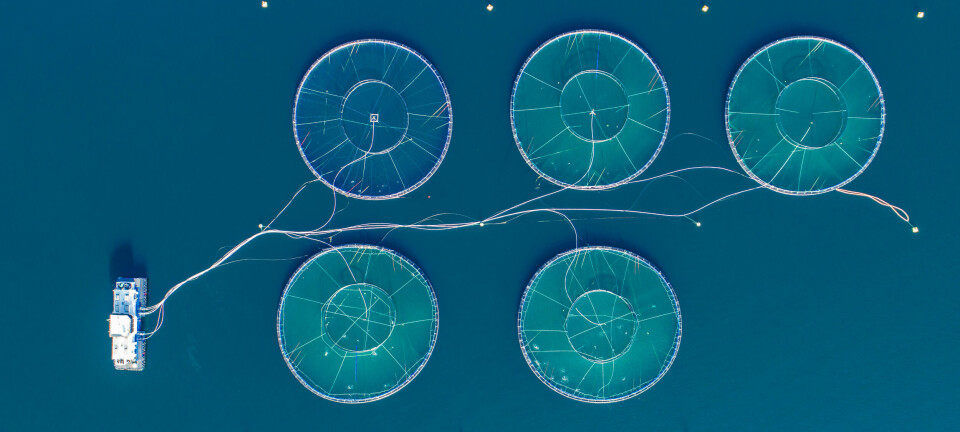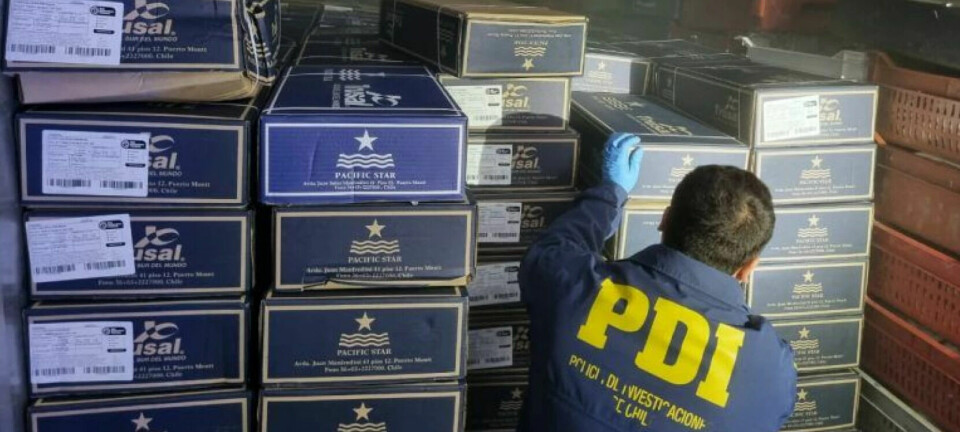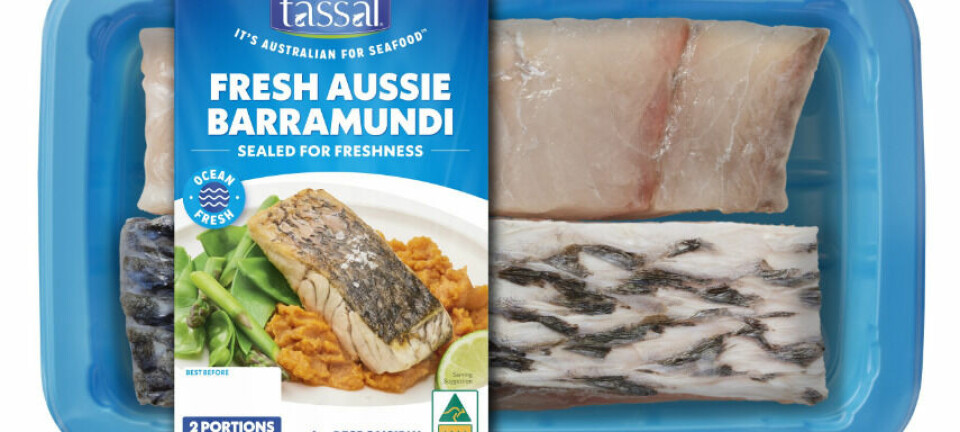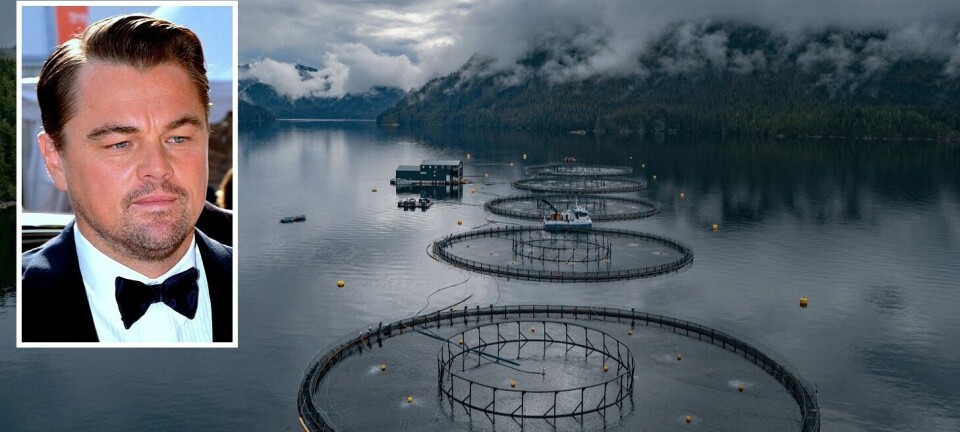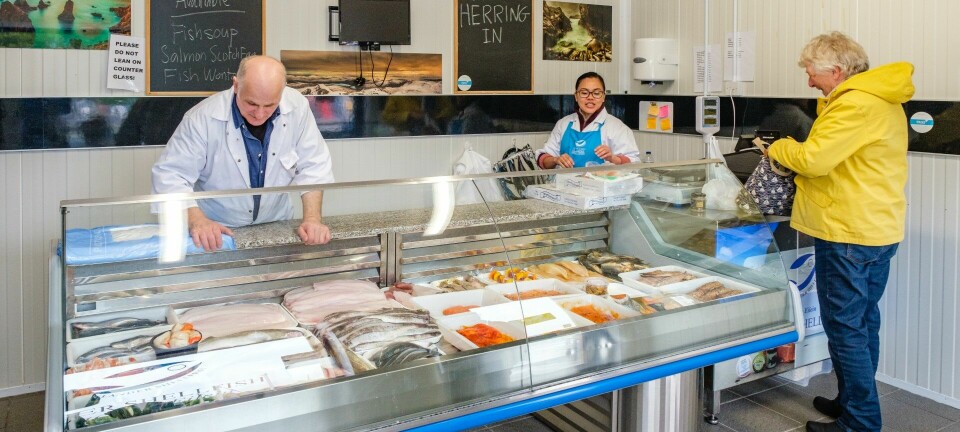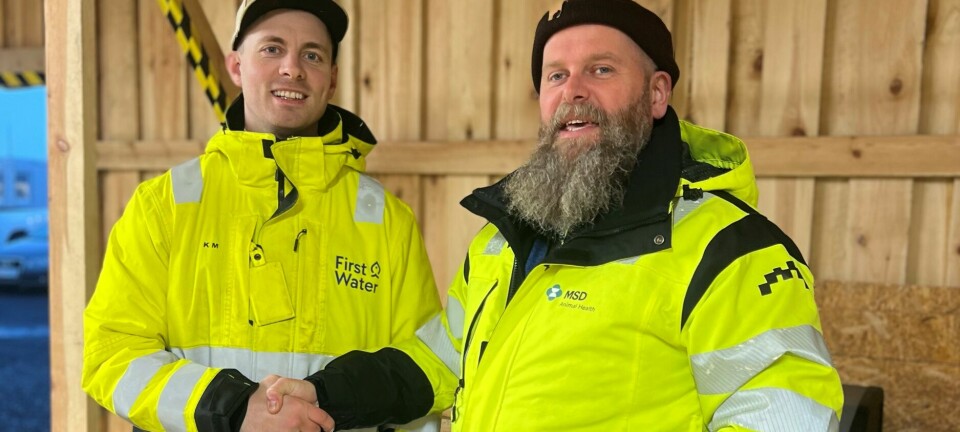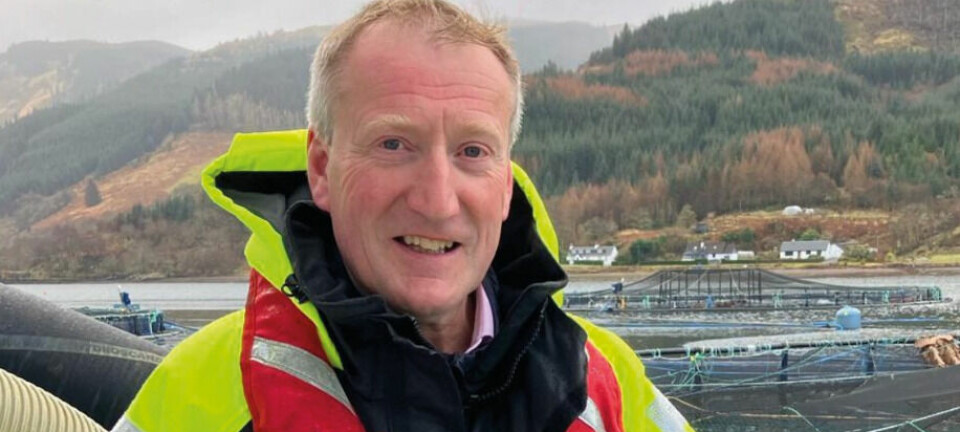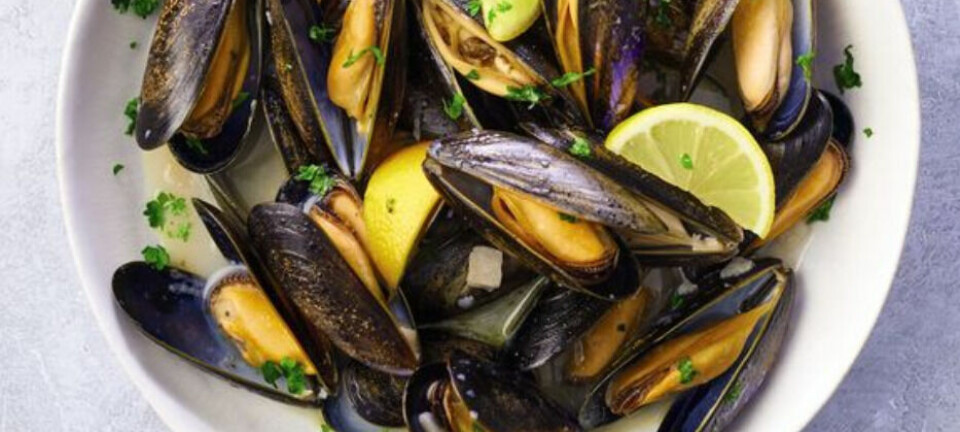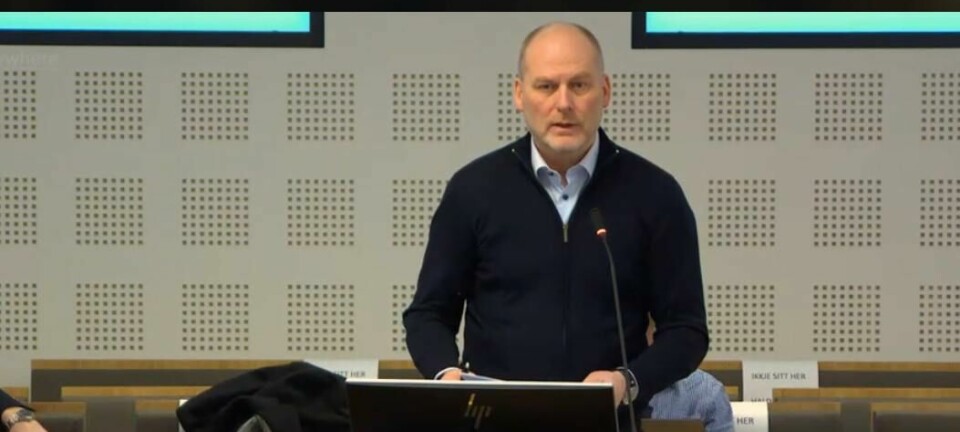
Growing market for smaller trout
Rainbow trout producers in Chile should concentrate on growing pan-sized fish in freshwater systems.
So believes Francisco Estay, a veterinarian at the University of Chile and founding partner of trout producer Piscicultura Huililco, who points to the improving market for smaller fish, at a time when marine production of rainbow trout is being wound up due to a number of sanitary issues at sea.
What is the target market for your production and why?
At present, Piscicultura Huililco is mainly focused on freshwater production and we are the main ova suppliers of Piscícola Entre Ríos – the only company in the country that exports high volumes of pan-sized trout. The stability of this company fundamental for us and, in order to respond to the challenge of maintaining availability of eggs throughout the year, we have been working intensively on the development of photoperiodic manipulation protocols.
We have also increased our [ova] exports to Latin American countries, especially Peru, whose trout industry has grown tremendously in recent years.
What is the potential of the pan-sized market in Chile and internationally?
In Chile, I have observed an increasing interest in venturing into the pan-sized trout market, perhaps because of the underutilisation of our freshwater resources. The main challenge is to operate efficiently, as profit margins are smaller than for the cultivation of trout at sea.
In the rest of Latin America, the market – particularly in Peru – is very dynamic, while the industry is also on the rise in Mexico, Colombia and Ecuador. In the USA and Western Europe, pan-sized trout form the main trout market, and production volumes are also very high in Turkey and Iran.
What is your opinion of the decrease in the marine production of rainbow trout in Chile?
As everyone knows, the cultivation of steelhead has virtually halted today in Chile, mainly due to the serious health problems, especially SRS, that this species has experienced in the fattening phase at sea. The industry has thus favoured the cultivation of Atlantic salmon which, even though it also suffers from a number of health problems, has better margins. I believe, however, that the problem is not trout, but the sanitary conditions in Chile’s marine sites.
Should Chileans continue producing rainbow trout at sea?
To rely on the monoculture of Atlantic salmon poses a great risk – one only needs to remember the ISA epidemic, which was the greatest crisis experienced by our salmon farming sector. If ISA or another pathogen occurs, it could devastate an industry based on the culture of a single species.








































